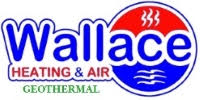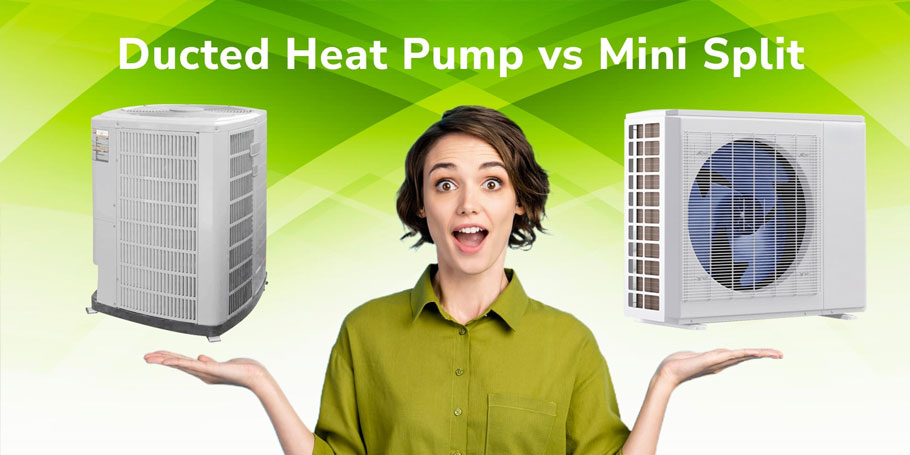When it comes to heating and cooling your home, there are various options to consider, each with its own set of advantages and drawbacks. Two popular choices are mini-split ductless heat pump systems and traditional ducted heating and cooling systems. In this blog, we’ll compare these two options to help you make an informed decision that suits your home’s needs and your lifestyle.
Mini-Split Ductless Heat Pump Systems: Mini-split ductless heat pump systems consist of an outdoor compressor/condenser unit and one or more indoor air-handling units. Here’s a closer look at the pros and cons:
Pros:
- Energy Efficiency: Mini-split systems are highly efficient, as they don’t suffer from the energy losses associated with ductwork in traditional systems.
- Zoning Capabilities: With individual air-handling units in different zones, mini-splits offer personalized comfort and the ability to adjust temperatures in specific areas.
- Easy Installation: Since no ductwork is required, installation is typically quicker, less invasive, and more flexible, making mini-splits ideal for retrofitting older homes or room additions.
- Quiet Operation: Mini-split systems are known for their quiet operation, with the noisy compressor unit located outside the home.
- Improved Indoor Air Quality: Without ductwork to collect dust, allergens, and other contaminants, mini-splits can contribute to better indoor air quality.
Cons:
- Upfront Cost: Mini-split systems tend to have a higher initial cost compared to traditional ducted systems, although the energy savings over time may offset this expense.
- Aesthetics: The indoor air-handling units of mini-split systems are visible and may not appeal to everyone’s aesthetic preferences.
- Maintenance: While mini-splits generally require less maintenance than traditional systems, the indoor units still need regular cleaning and filter replacement.
Traditional Ducted Heating and Cooling Systems: Traditional ducted systems consist of a central furnace or heat pump connected to ductwork that distributes conditioned air throughout the home. Let’s examine the pros and cons:
Pros:
- Whole-Home Comfort: Ducted systems provide consistent heating and cooling throughout the entire home, making them suitable for larger households.
- Aesthetics: With no visible indoor units, ducted systems maintain a clean and unobtrusive appearance.
- Lower Upfront Cost: Traditional ducted systems typically have a lower initial cost compared to mini-split systems.
- Longevity: Well-maintained ducted systems can last for many years, providing reliable heating and cooling for your home.
Cons:
- Energy Loss: Ducted systems can experience energy losses due to leaks, gaps, and insufficient insulation in the ductwork, reducing overall efficiency.
- Limited Zoning: Traditional ducted systems lack the zoning capabilities of mini-splits, leading to less flexibility in controlling temperatures in different areas of the home.
- Installation Challenges: Retrofitting ductwork in existing homes can be costly and disruptive, especially if the home lacks space for duct installation.
In conclusion, both mini-split ductless heat pump systems and traditional ducted heating and cooling systems have their merits and drawbacks. The right choice for your home depends on factors such as your budget, home layout, aesthetic preferences, and desired level of comfort and efficiency. Whether you opt for the versatility of mini-splits or the whole-home comfort of ducted systems, investing in the right HVAC solution can enhance your quality of life and energy savings for years to come.

